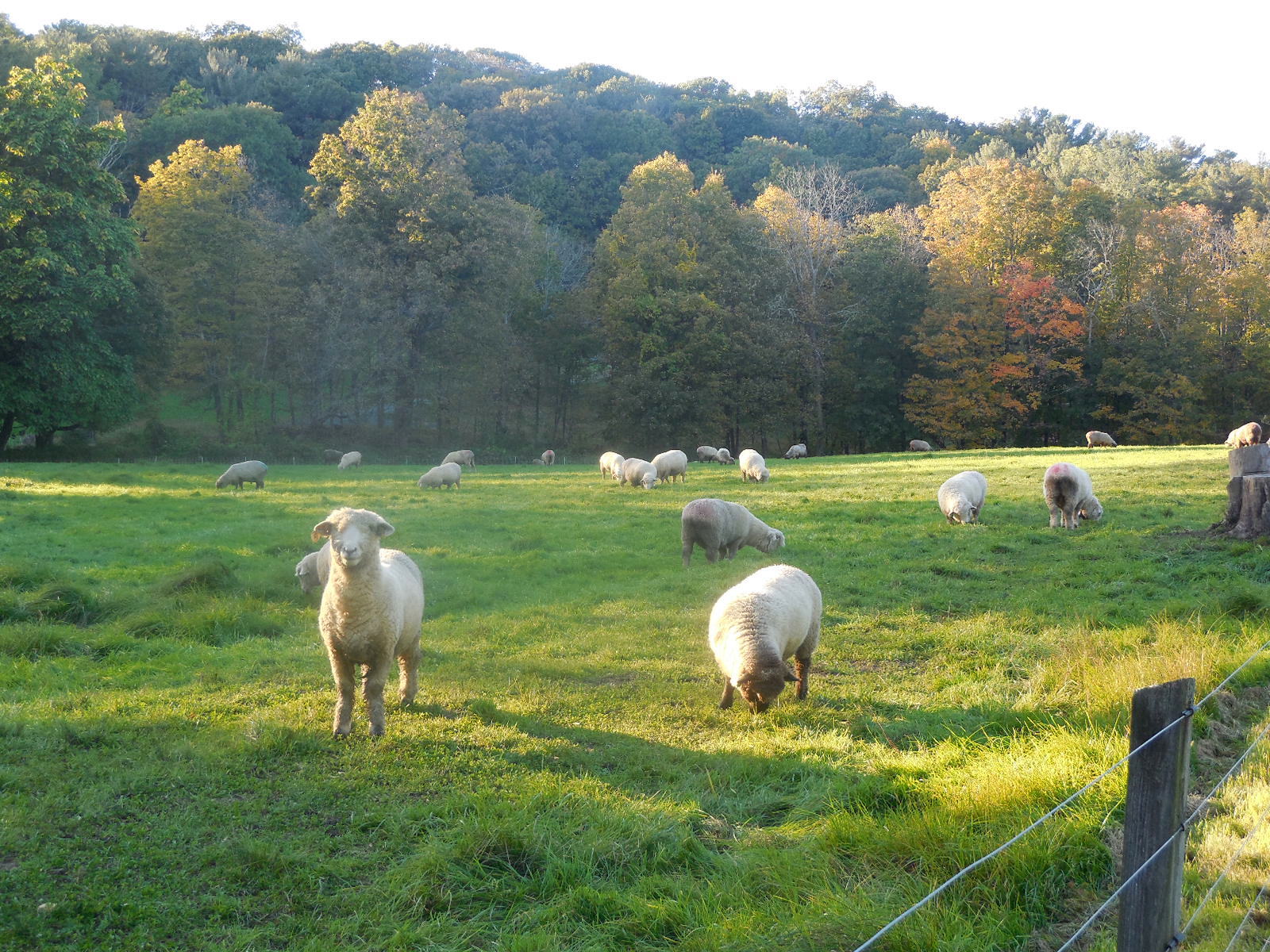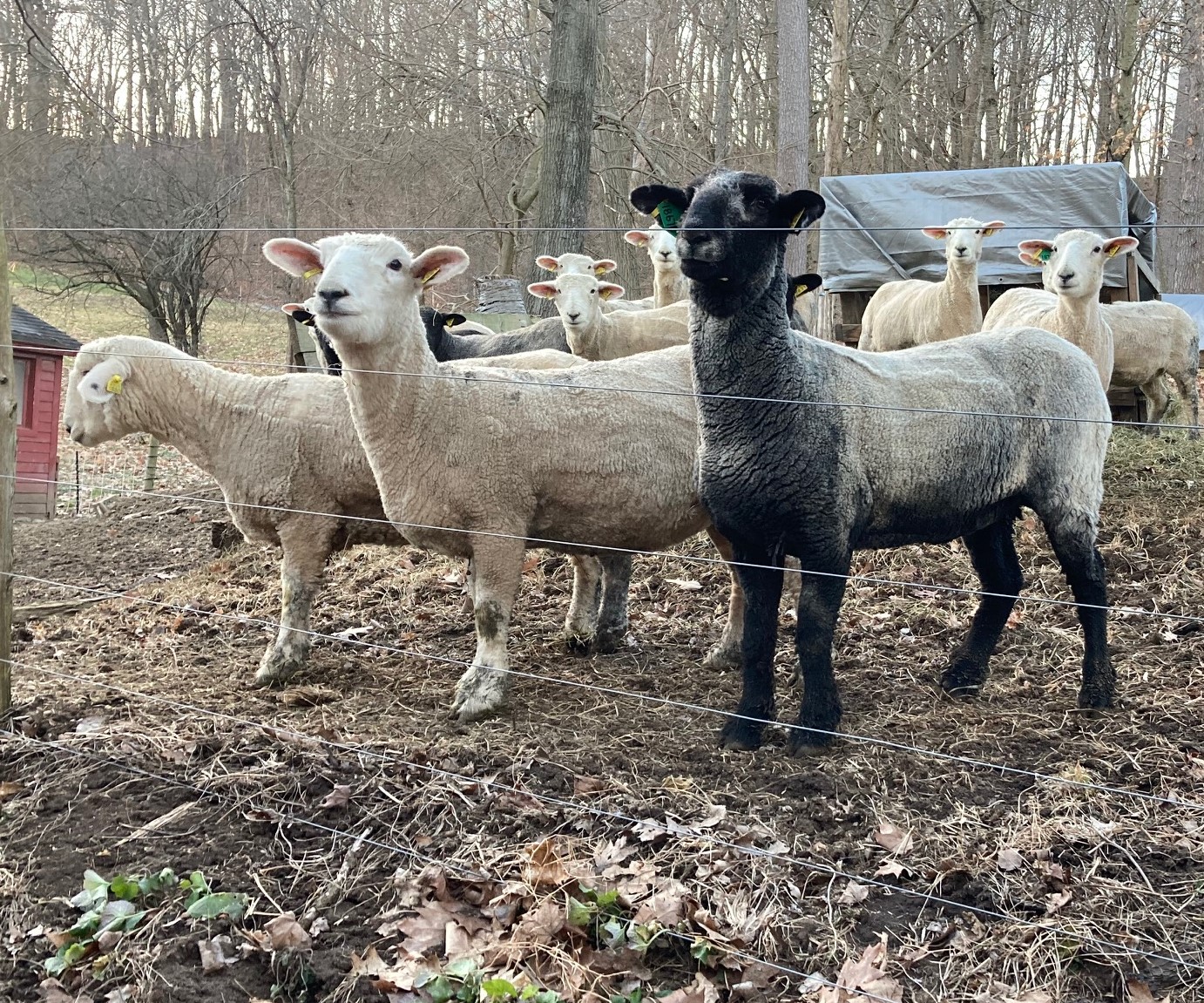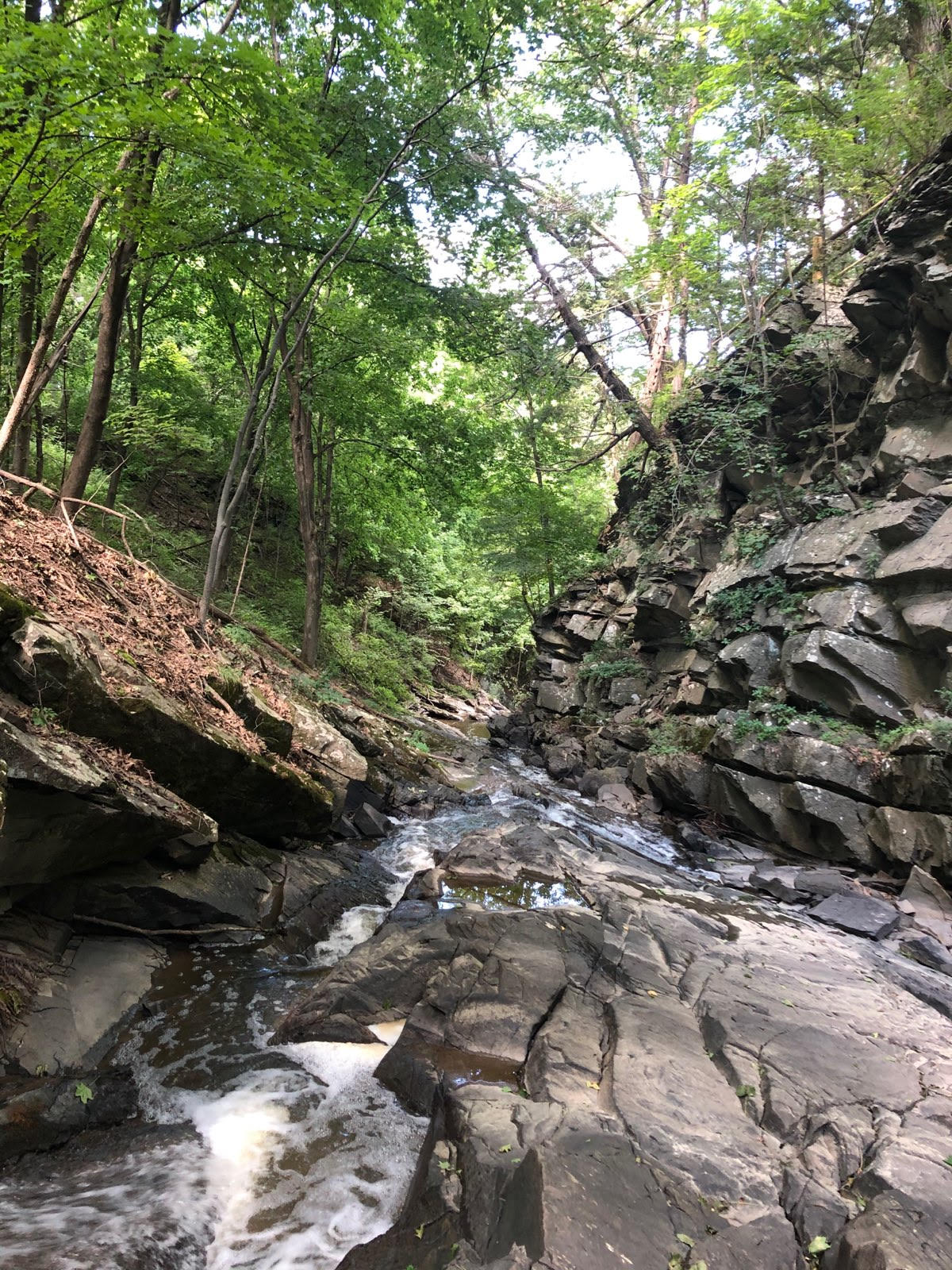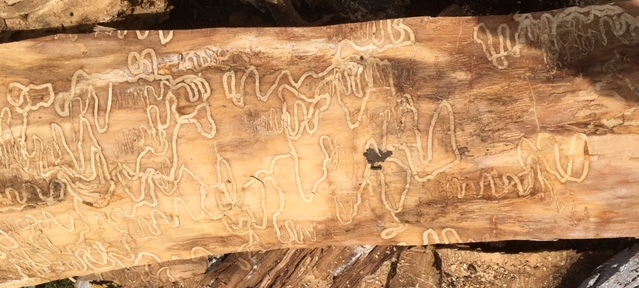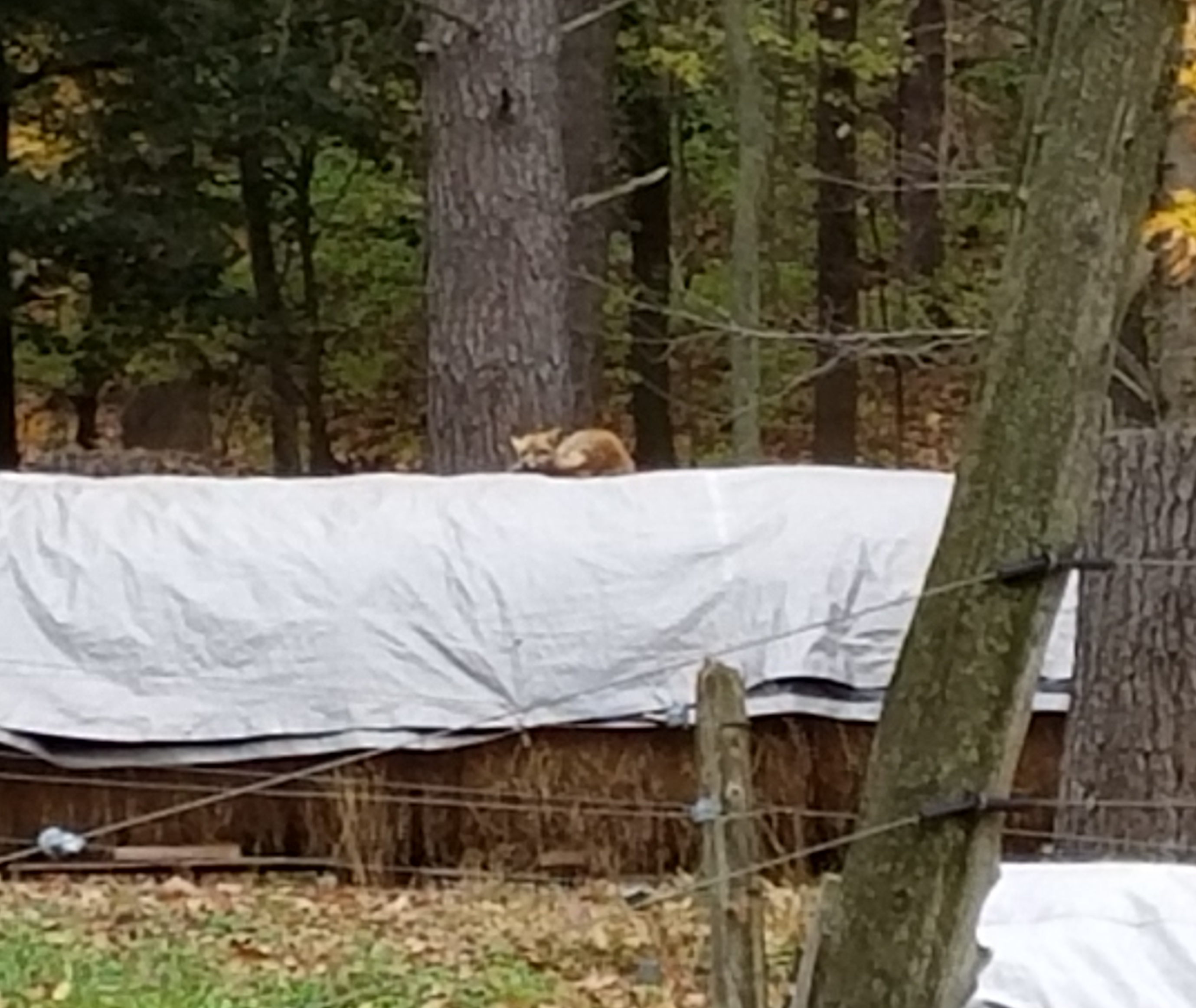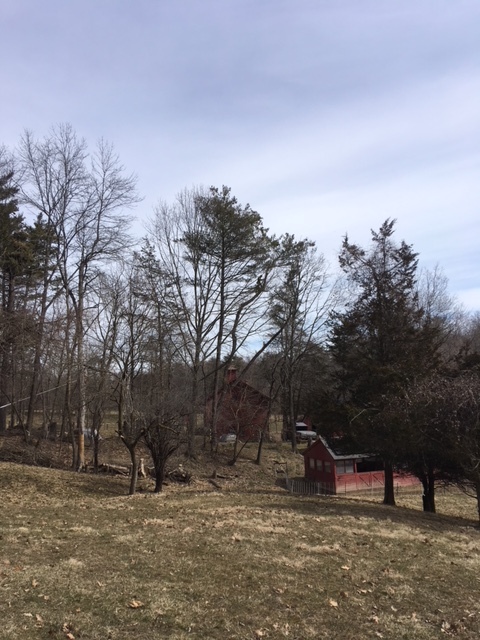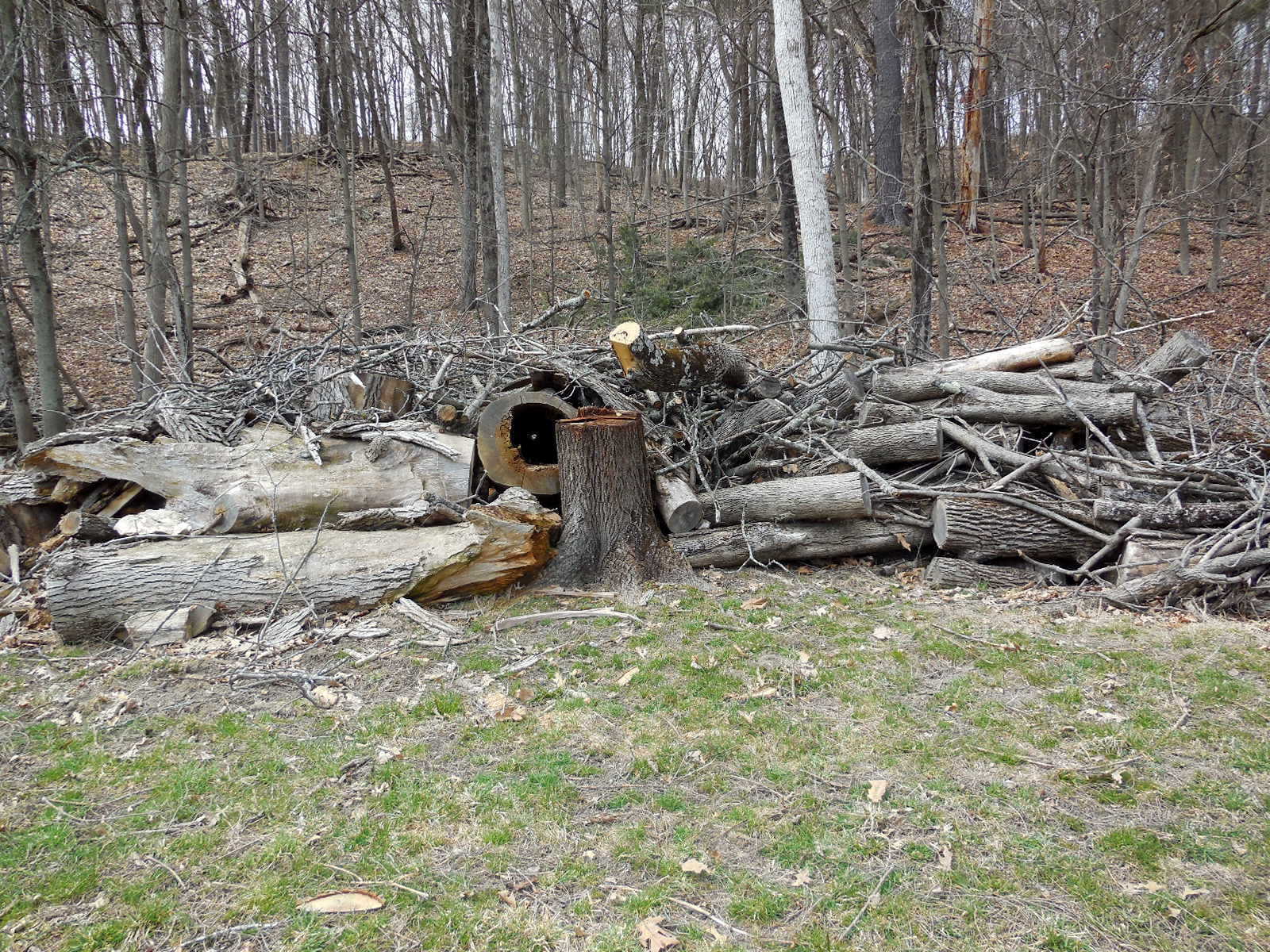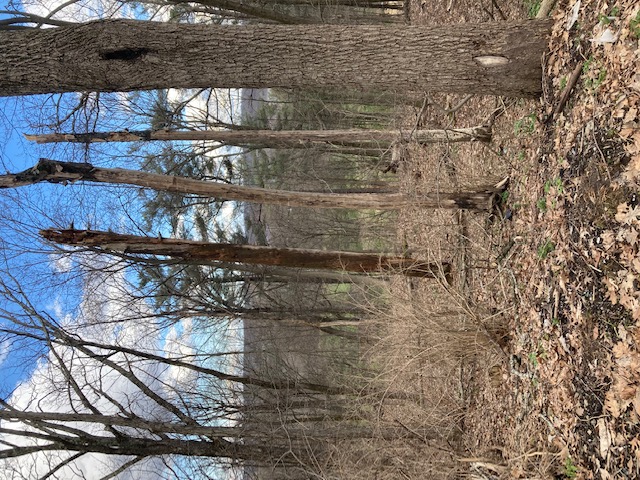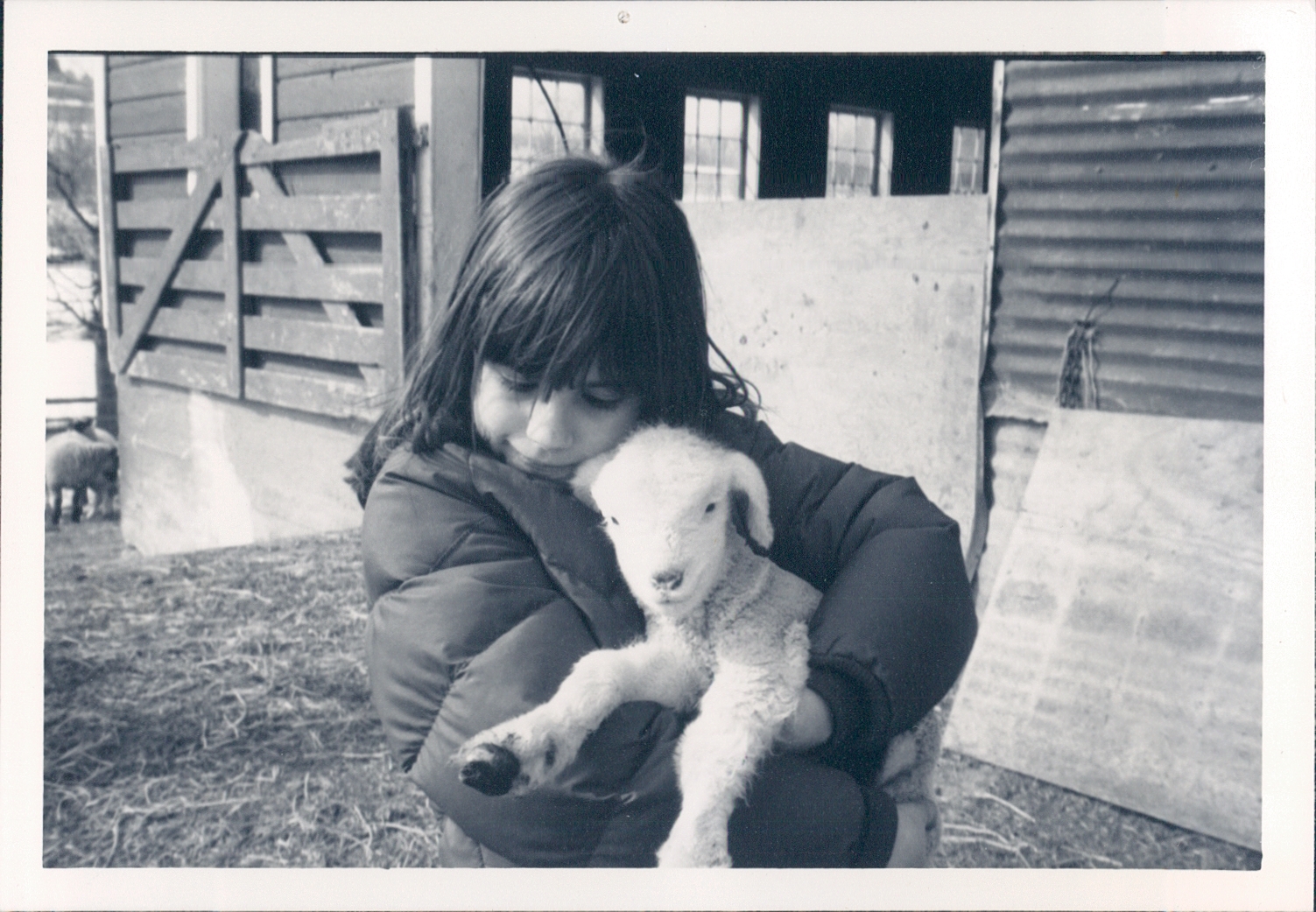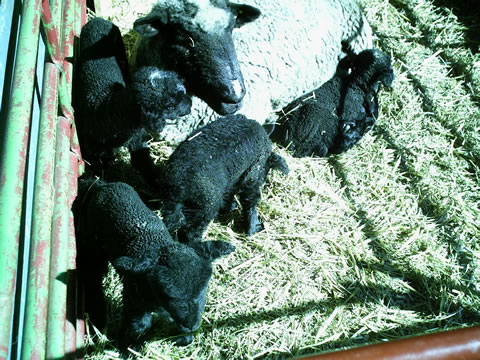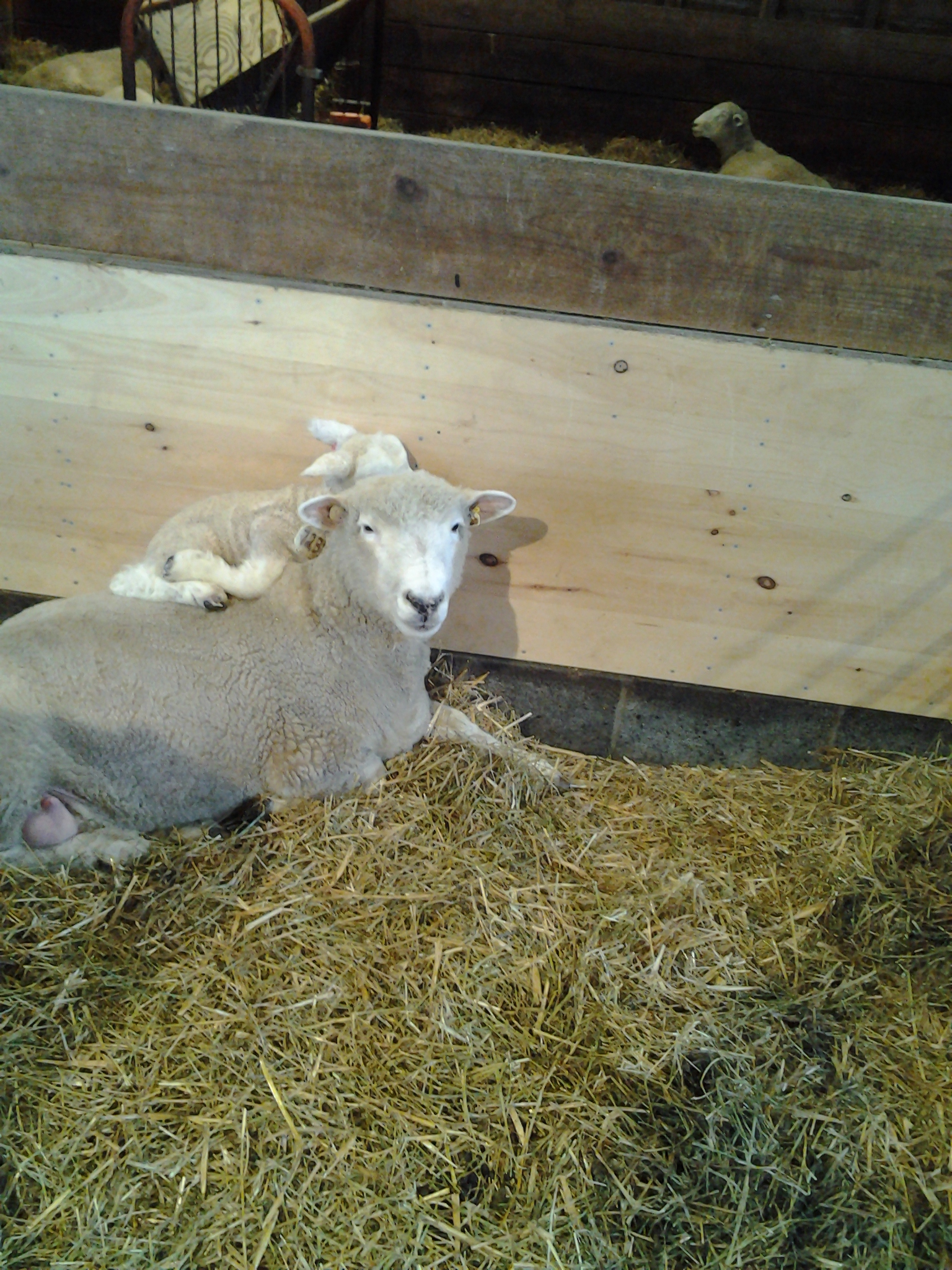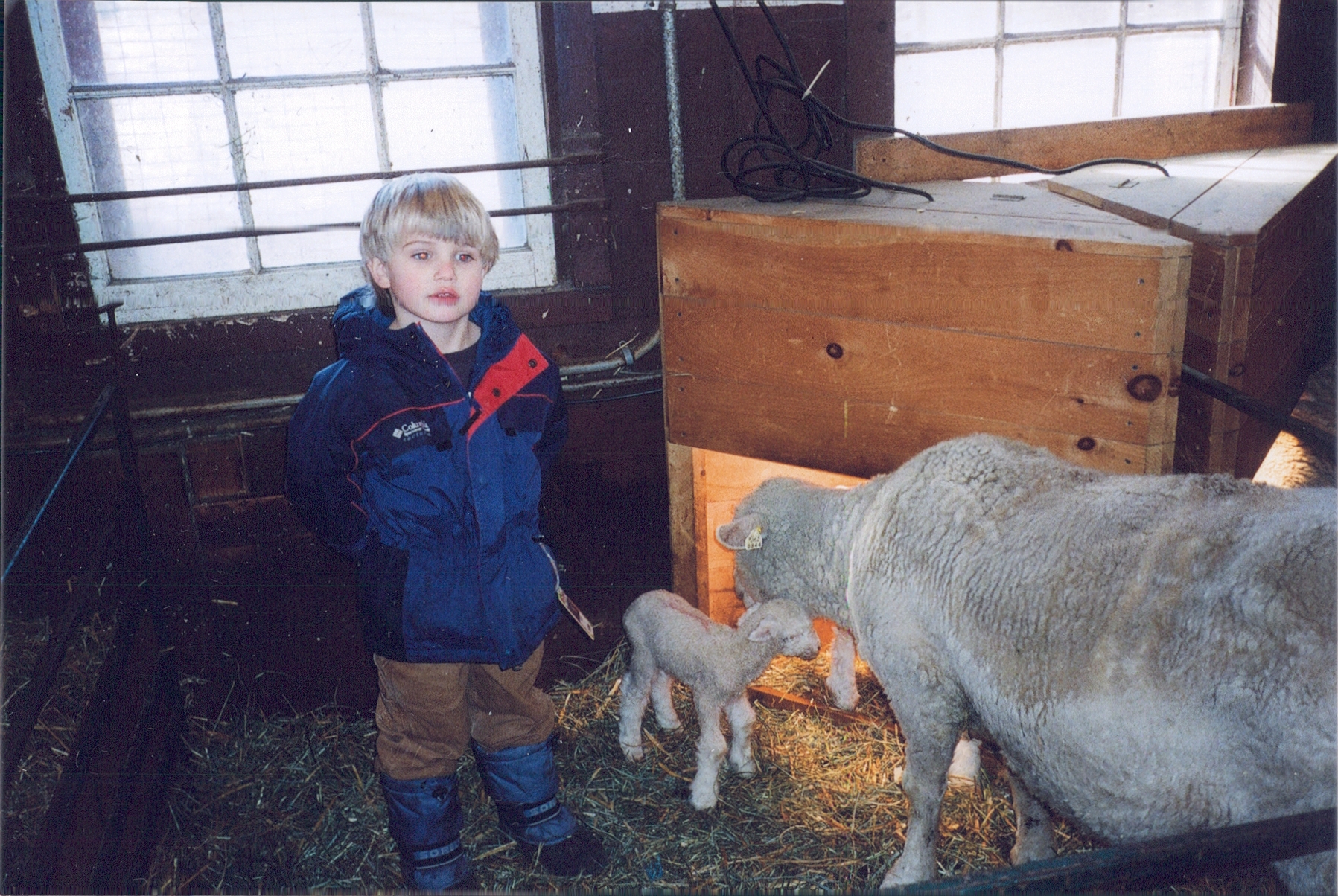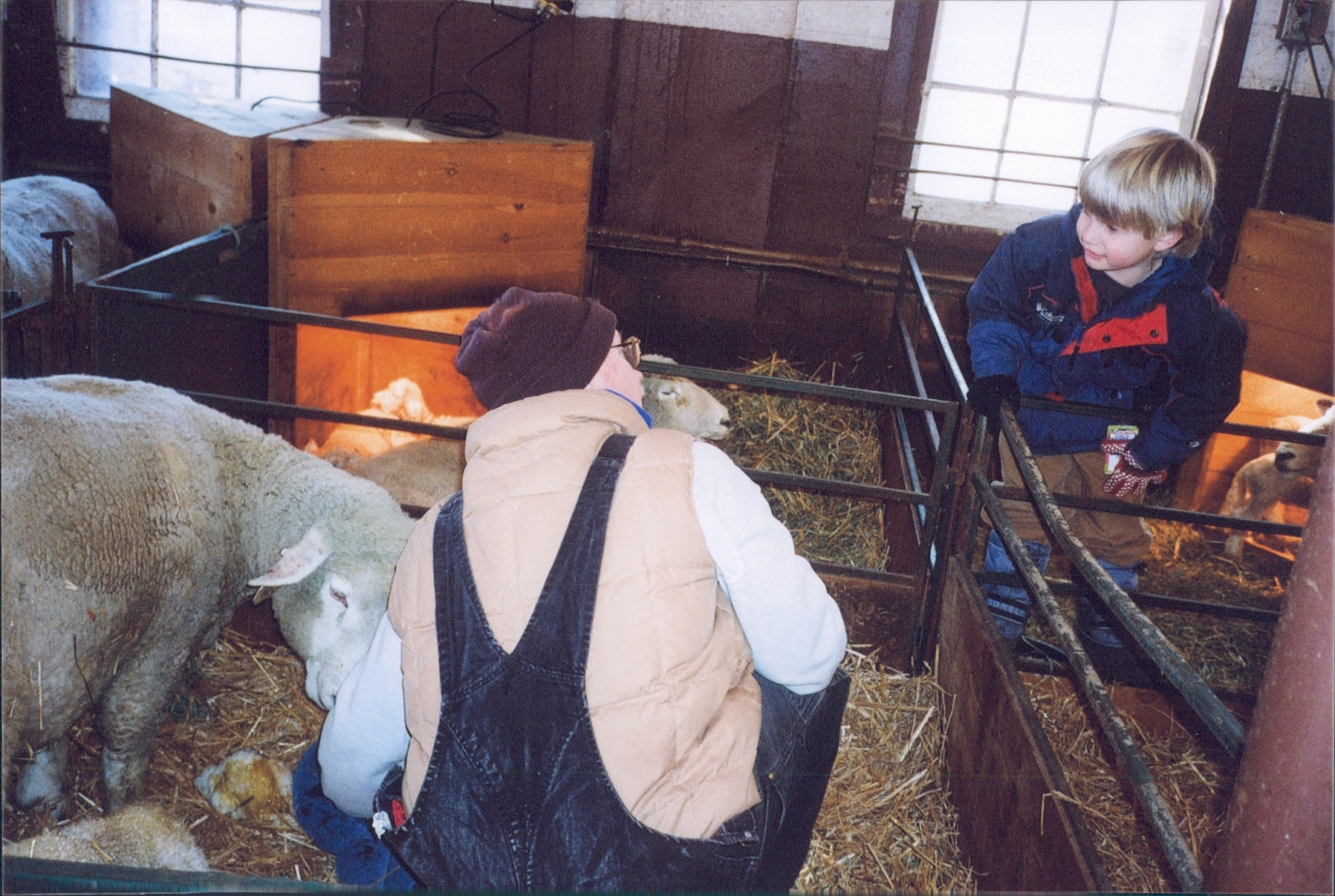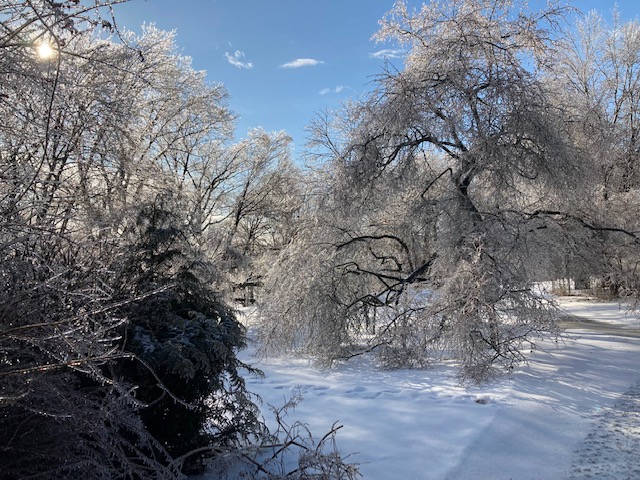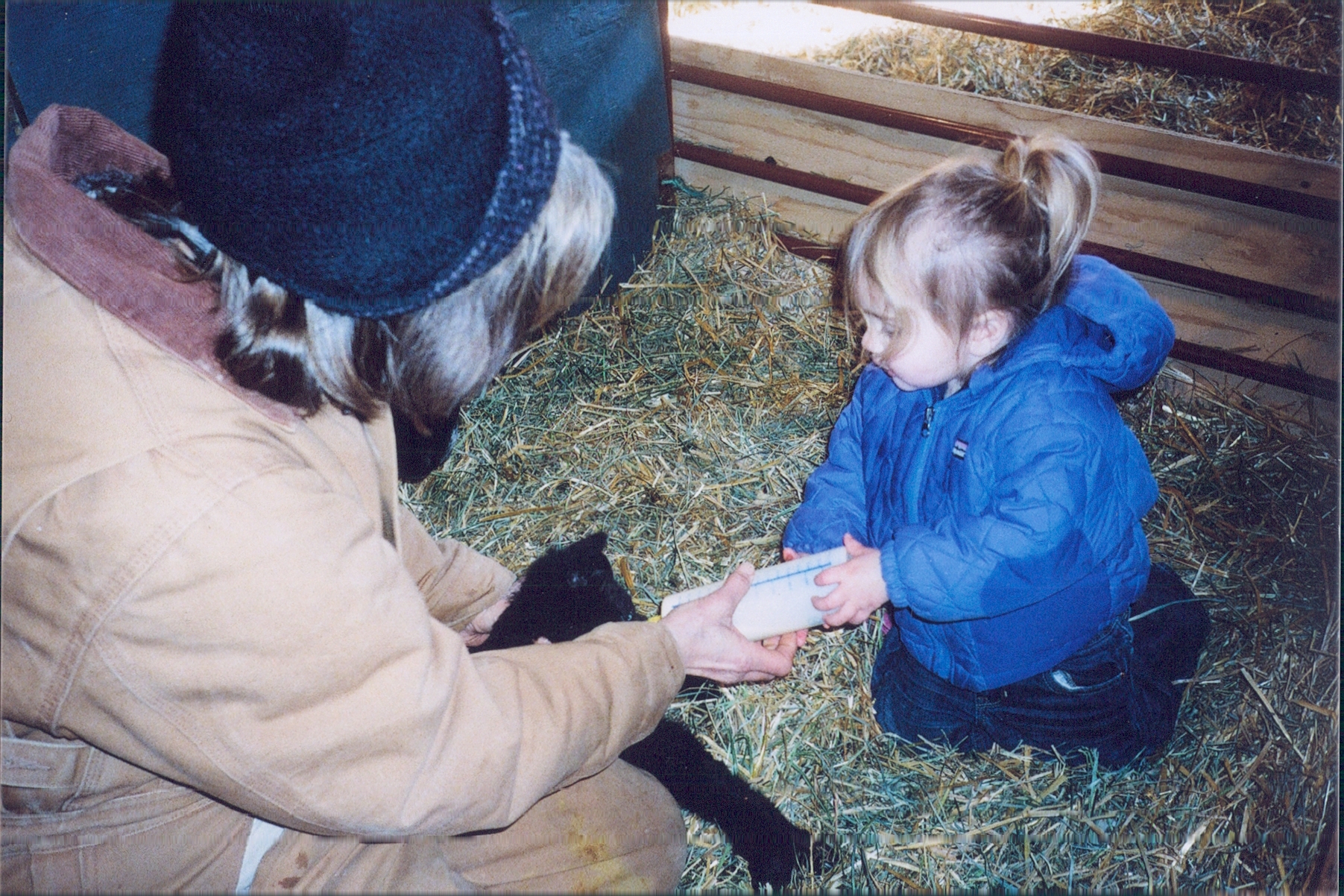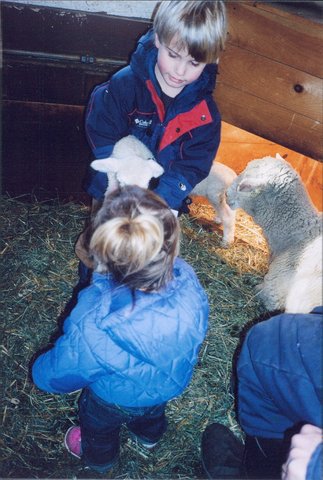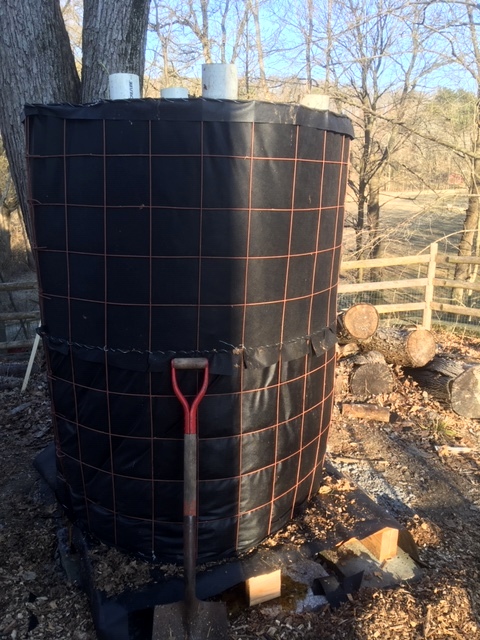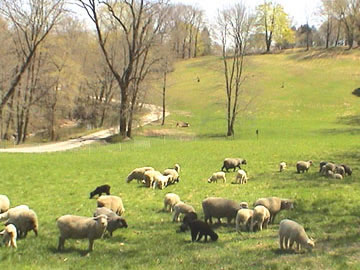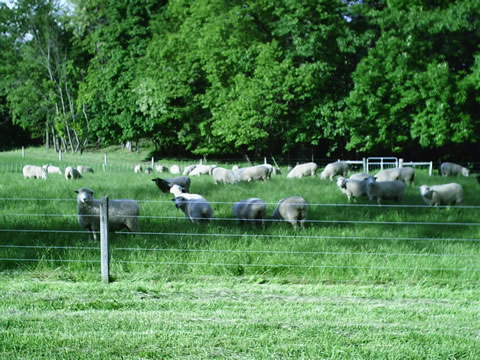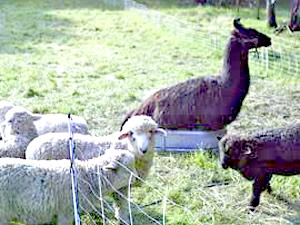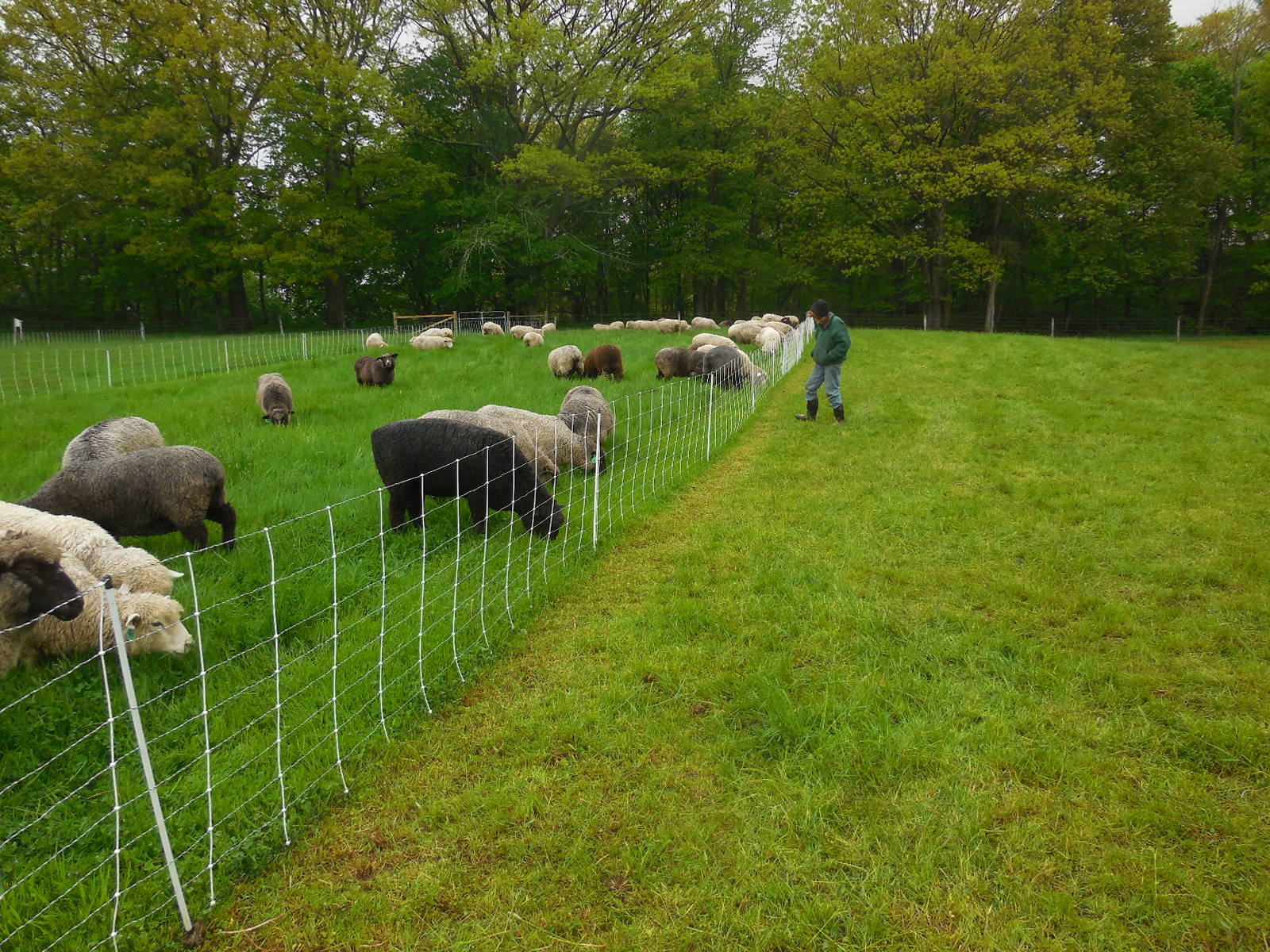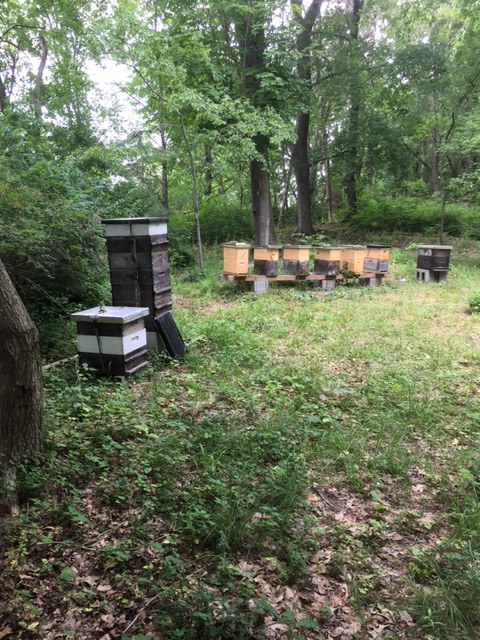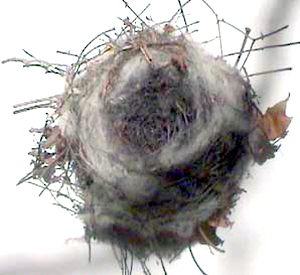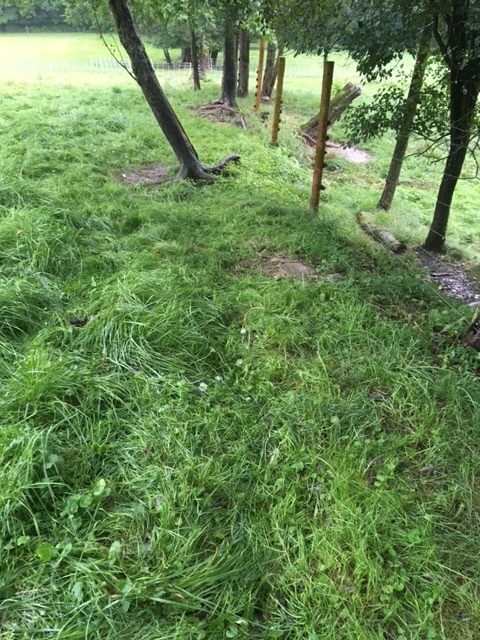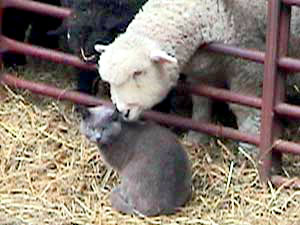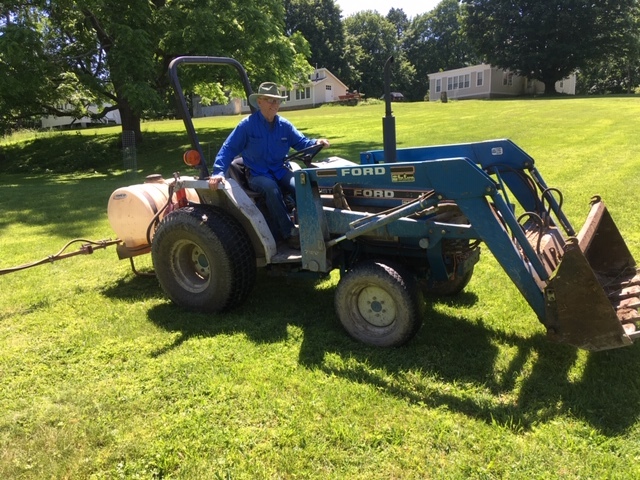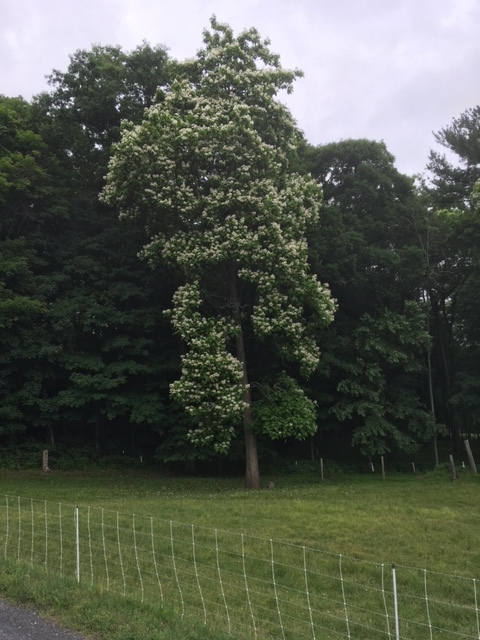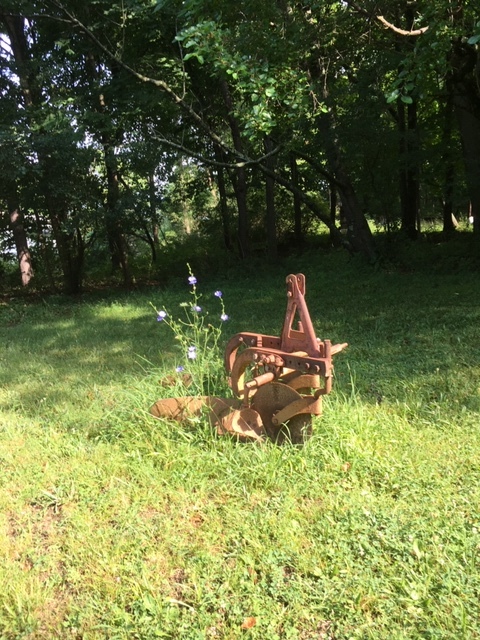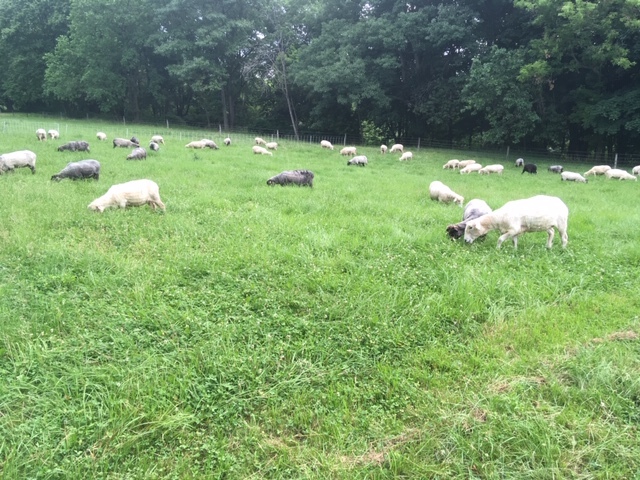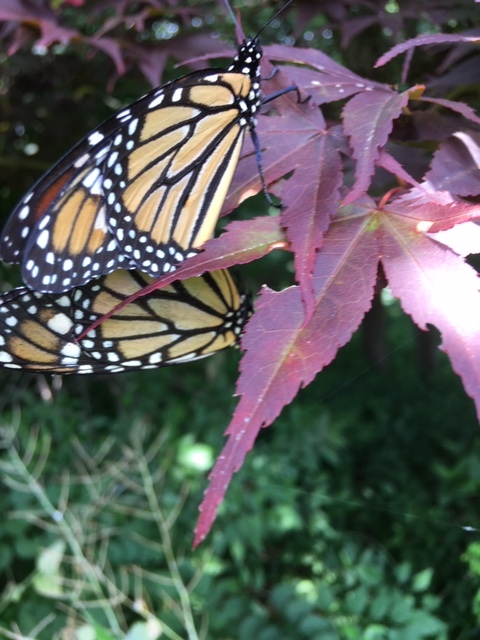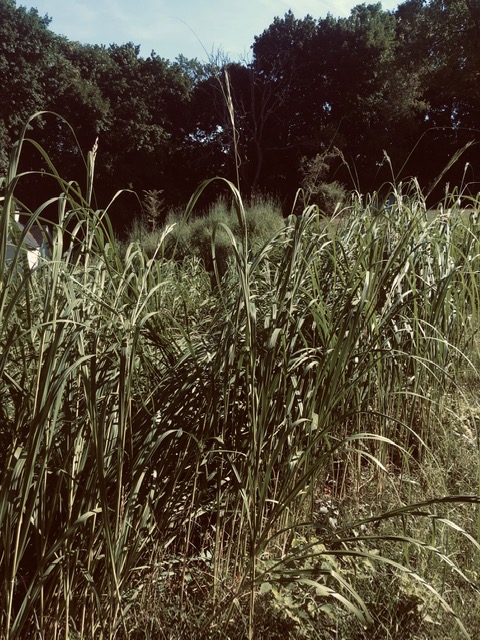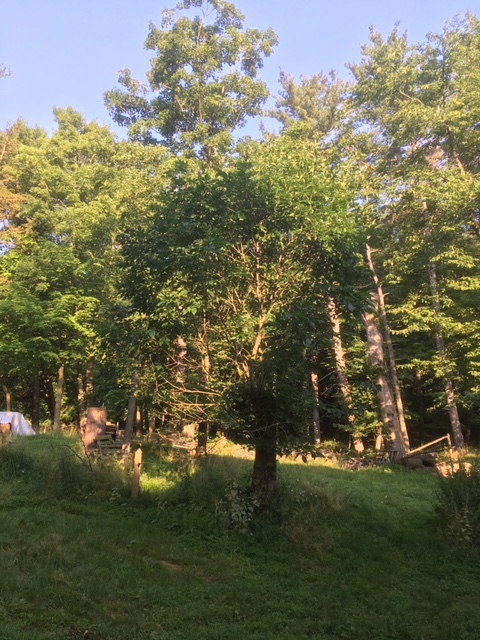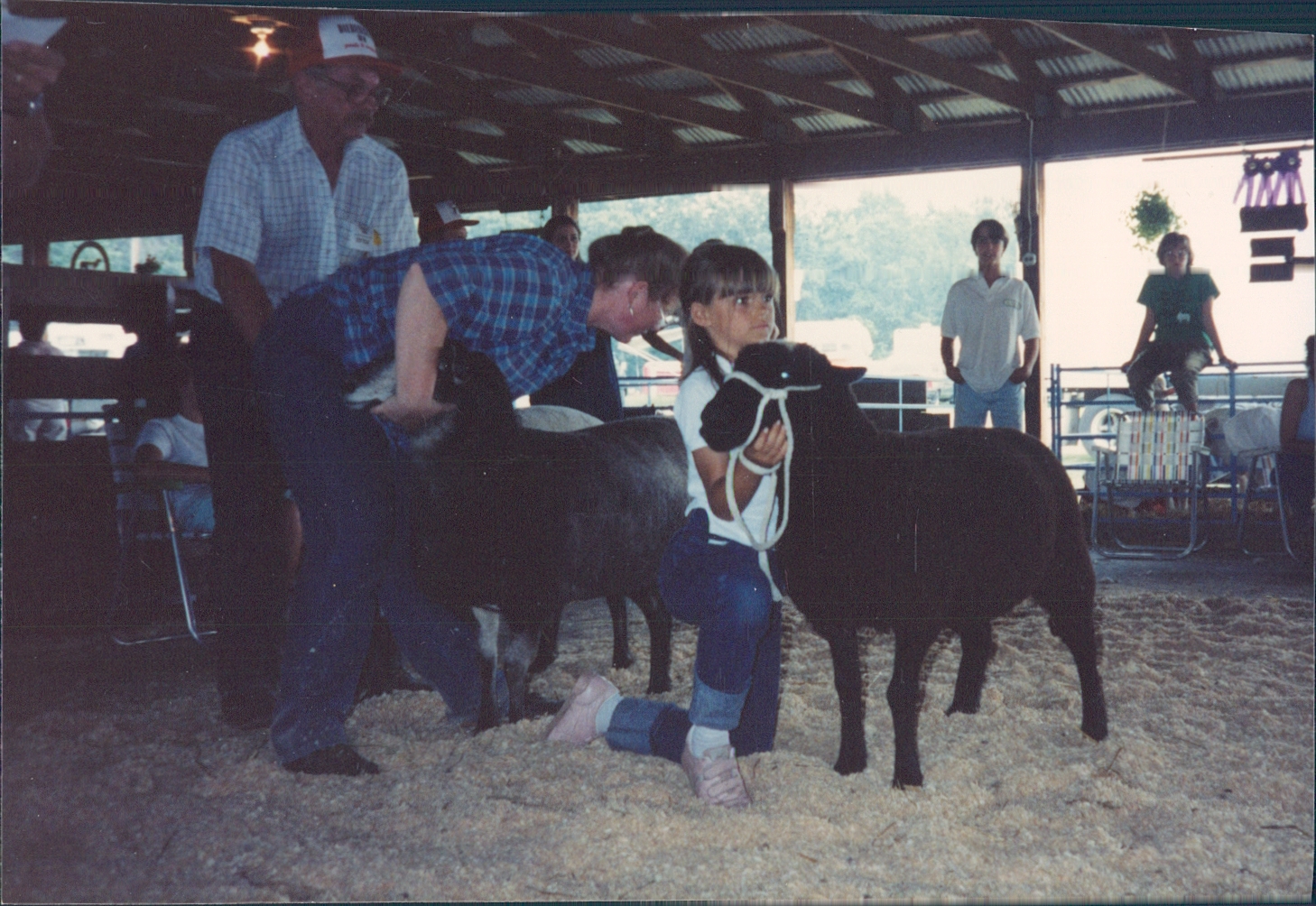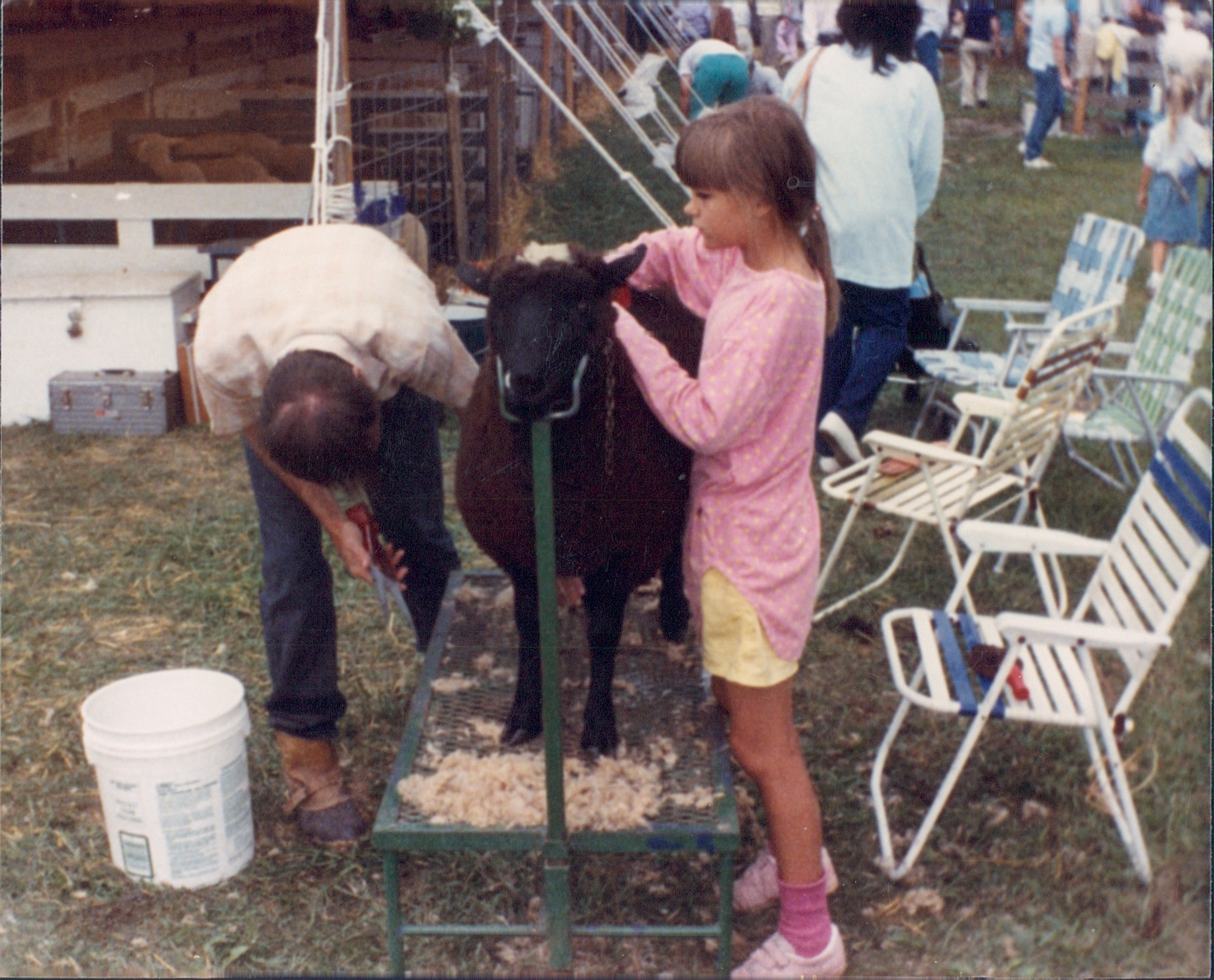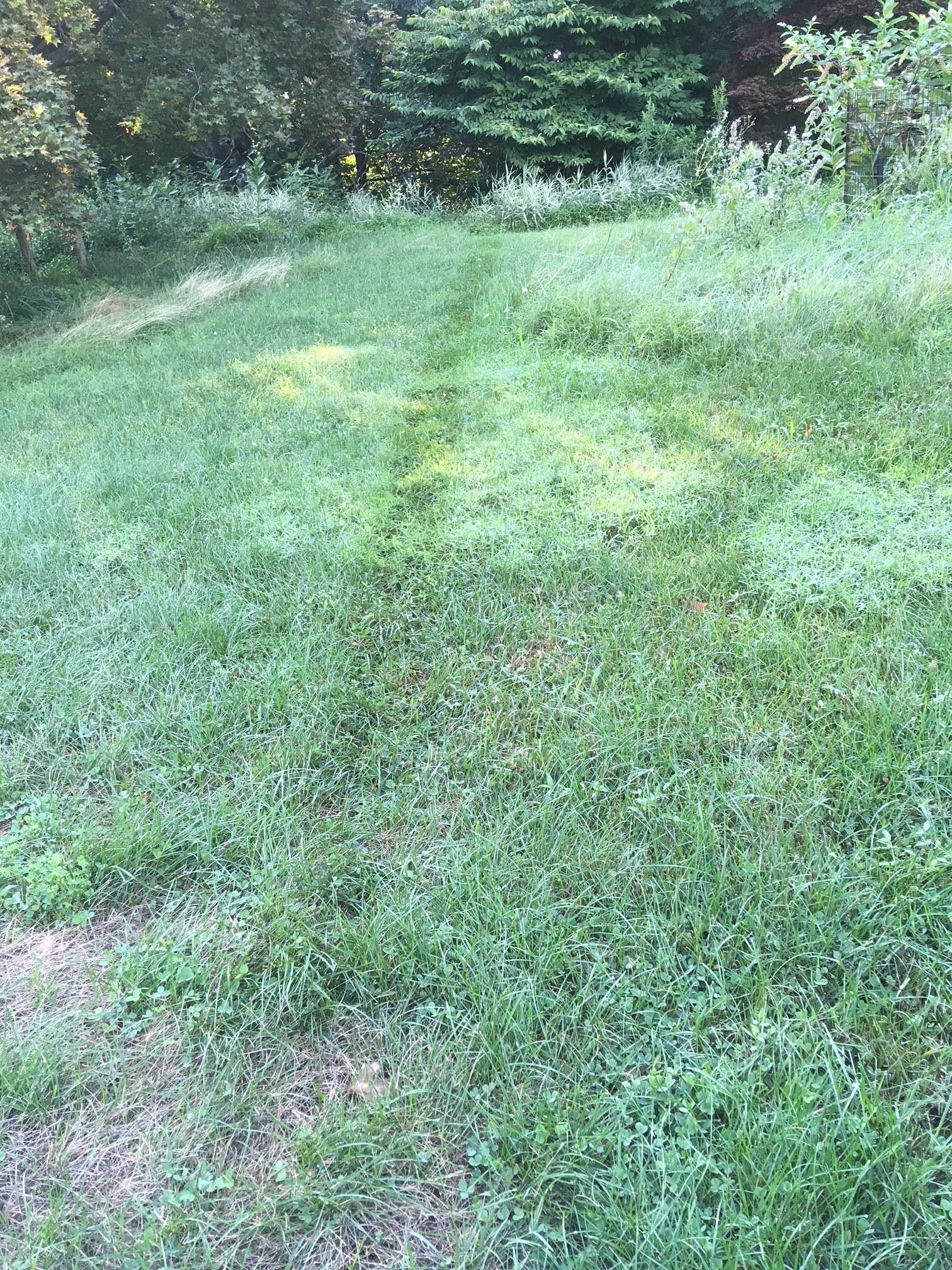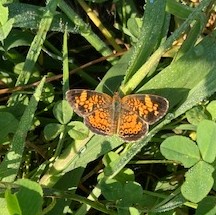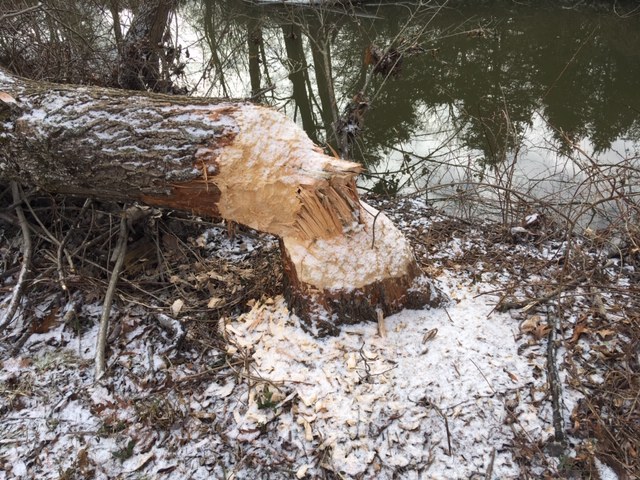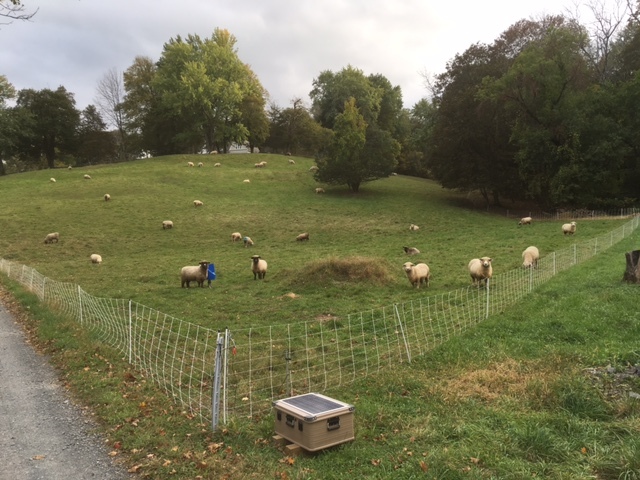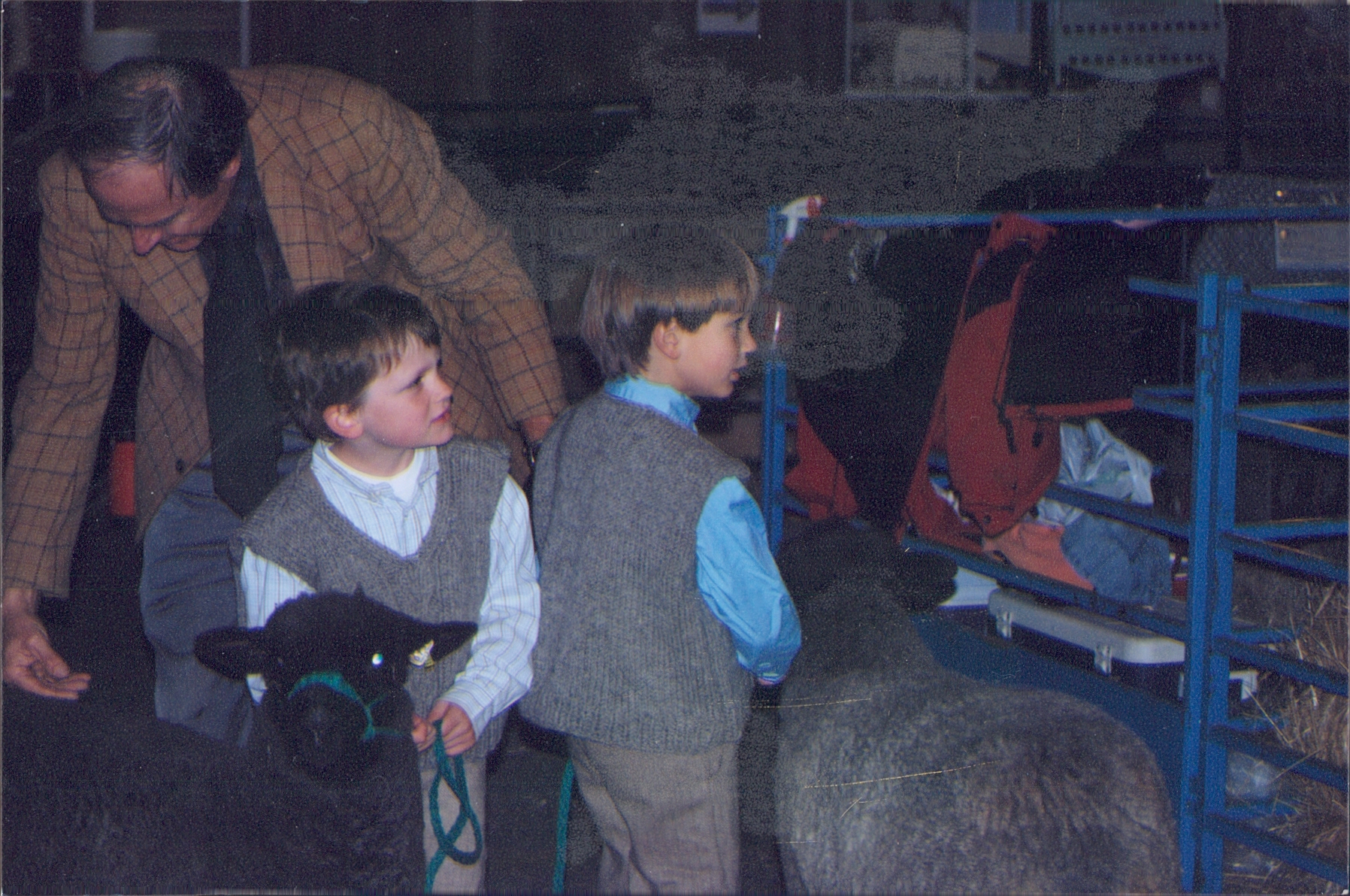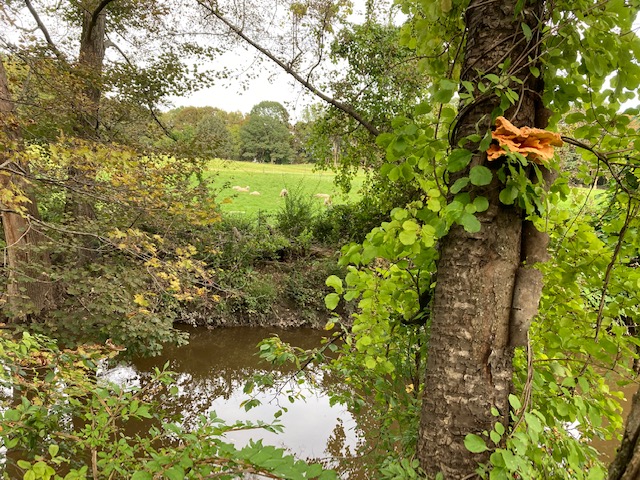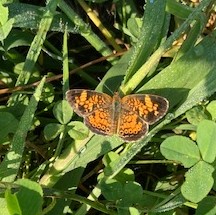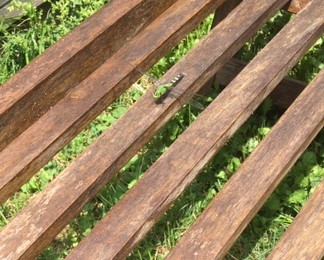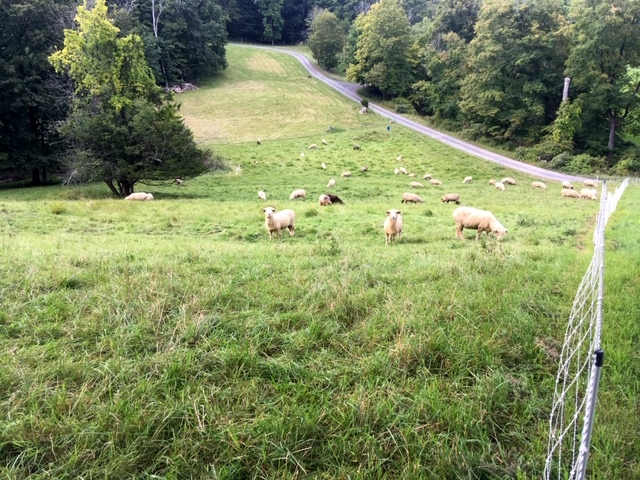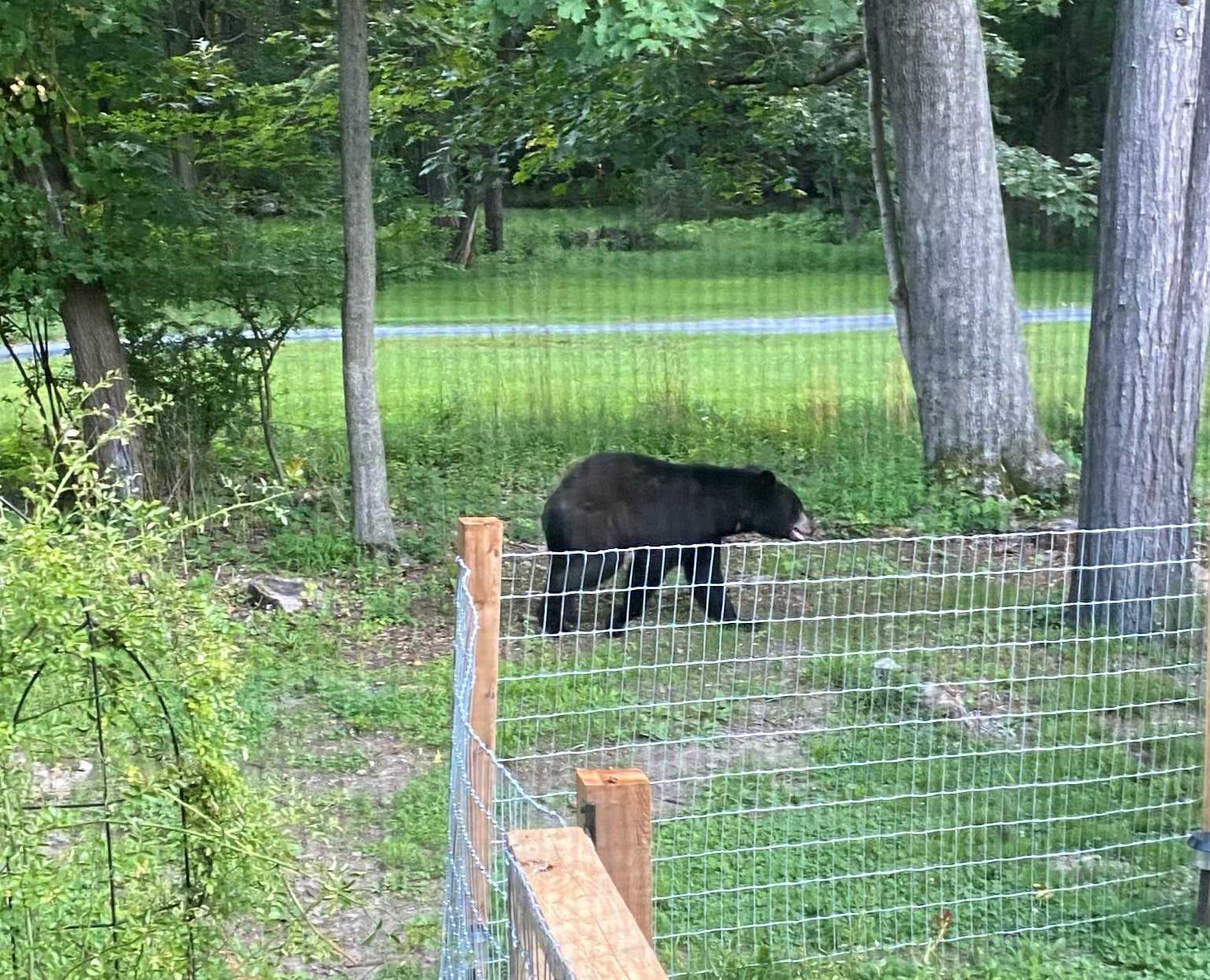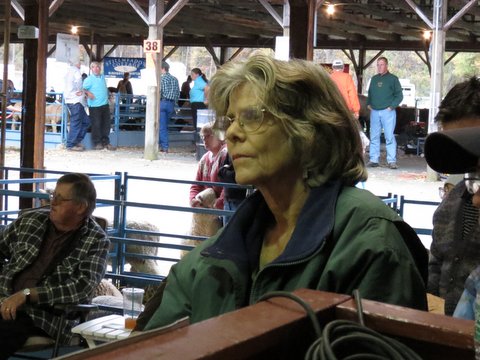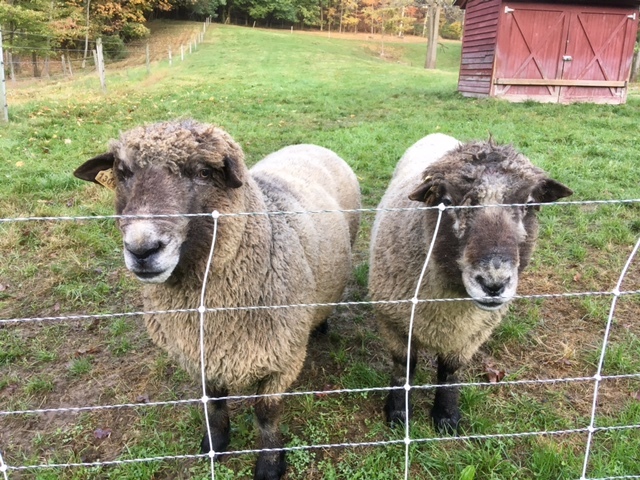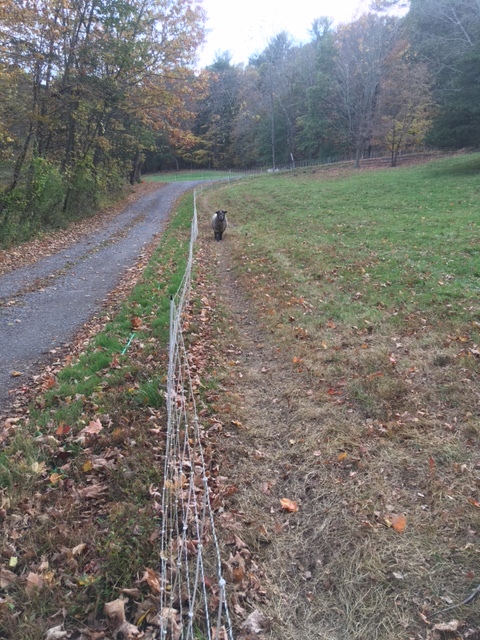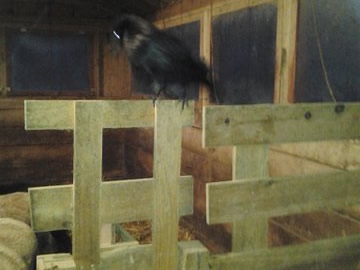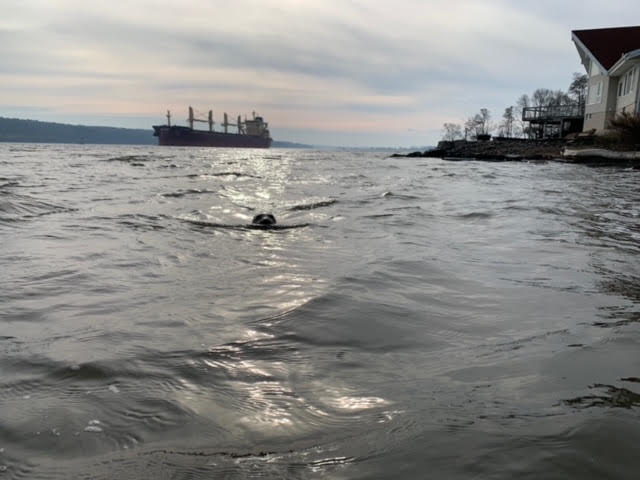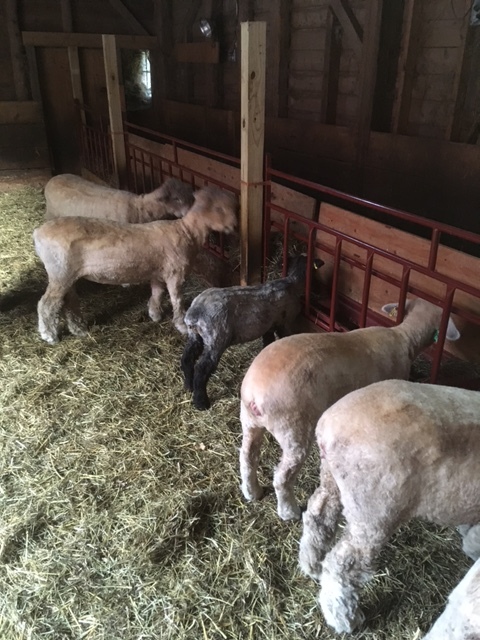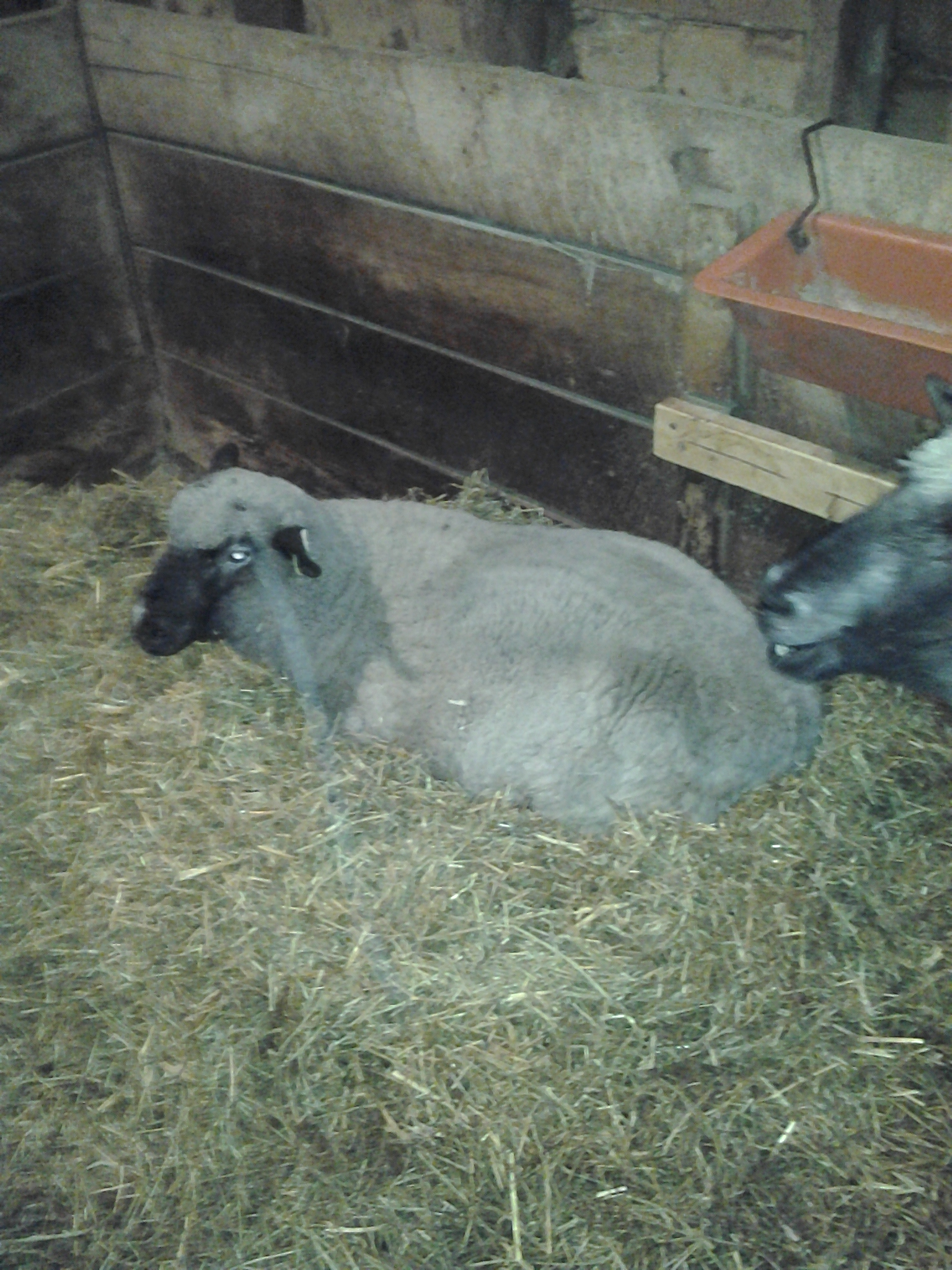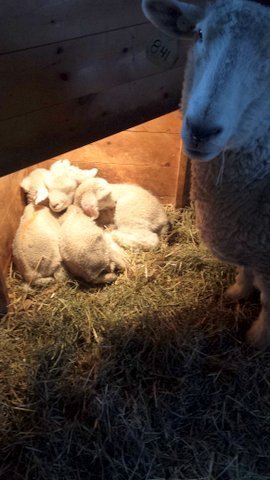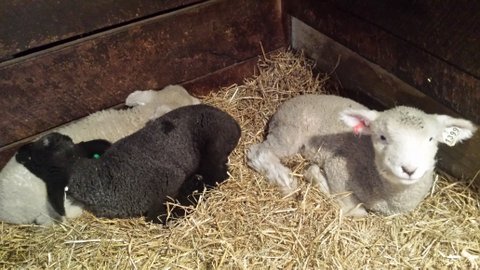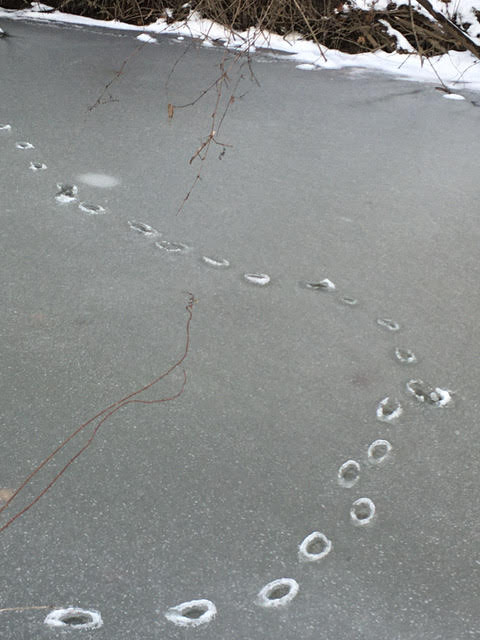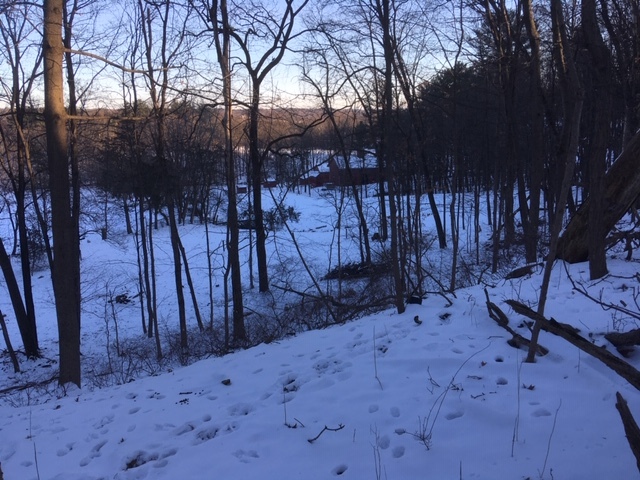Ecosystem Services at Anchorage Farm
The Millennium Ecosystem Assessment (MA), a major UN-sponsored effort to analyze the impact of human actions on ecosystems and human well-being, identified four major categories of ecosystem services: provisioning, regulating, cultural and supporting services.
1. Provisioning Services
When people are asked to identify a service provided by nature, most think of food. Fruits, vegetables, trees, fish, and livestock are available to us as direct products of ecosystems. A provisioning service is any type of benefit to people that can be extracted from nature. Along with food, other types of provisioning services include drinking water, timber, wood fuel, natural gas, oils, plants that can be made into clothes and other materials, and medicinal benefits.
2. Regulating Services
Ecosystems provide many of the basic services that make life possible for people. Plants clean air and filter water, bacteria decompose wastes, bees pollinate flowers, and tree roots hold soil in place to prevent erosion. All these processes work together to make ecosystems clean, sustainable, functional, and resilient to change. A regulating service is the benefit provided by ecosystem processes that moderate natural phenomena. Regulating services include pollination, decomposition, water purification, erosion and flood control, and carbon storage and climate regulation.
3. Cultural Services
As we interact and alter nature, the natural world has in turn altered us. It has guided our cultural, intellectual, and social development by being a constant force present in our lives. The importance of ecosystems to the human mind can be traced back to the beginning of mankind with ancient civilizations drawing pictures of animals, plants, and weather patterns on cave walls. A cultural service is a non-material benefit that contributes to the development and cultural advancement of people, including how ecosystems play a role in local, national, and global cultures; the building of knowledge and the spreading of ideas; creativity born from interactions with nature (music, art, architecture); and recreation.
4. Supporting Services
The natural world provides so many services, sometimes we overlook the most fundamental. Ecosystems themselves couldn’t be sustained without the consistency of underlying natural processes, such as photosynthesis, nutrient cycling, the creation of soils, and the water cycle. These processes allow the Earth to sustain basic life forms, let alone whole ecosystems and people. Without supporting services, provisional, regulating, and cultural services wouldn’t exist.
In regard to Anchorage Farm, the easiest dimension of the above four to pin down is Provisioning. (Caution! the term “extracted from nature” in that paragraph strikes a sour note.) Our farm grows sheep that will go directly into food channels; also, sheep that will grow elsewhere before entering food channels; and purebred sheep for breeding. We sell wool to a specialty mill.
Of the regulating services described above, our farm uses no chemical herbicides and no neonicotinoids, which makes it a good space for pollinators such as bees, wasps, butterflies and flies. We have observed and documented over a hundred species of native plants (trees and wildflowers) in the woods, in pastures and their edges, and around the dwellings. There is also a thriving population of non-native plants considered invasive such as Autumn olive or Purple loosestrife that pollinators frequent. We are working to supplant non-native invasives with natives that keep a better balance. Milkweeds abound for benefit of Monarch butterflies (which to everyone’s dismay are scarce here). The Anchorage Farm Saugerties Project at i Naturalist.org gives a pictorial convenience sample of what grows and lives here.
The roots of trees on the rocky limestone slopes stabilize and reciprocally nourish soil through their roots. Their fallen leaves armor the soil against splash erosion, which helps to stem sheet and rill erosion that worsen old gullies and lead to new ones. We have partly filled some pre-existing gullies with wood from fallen trees and branches. Loss of soil from unwooded slopes is minimized by a year-round cover of perennial grasses, forbs, and herbaceous vines (some of which are invasive non-natives like Black swallow-wort).
The meandering Sawyer Kill erodes its banks every day, more when in spate after heavy rains. Year after year we see tree roots along the stream getting exposed, and big trees in the water. The best strategy is to keep planting trees, shrubs and smaller plants along the banks. That all new plantings should be native is now our rule. It’s not that native plants hang onto soil better than non-natives, but they provide food for insects that the aliens don’t.
Carbon sequestration in the woodlands and grasslands of this farm, estimated by simple models (link to GHG accounting essay) roughly balances GHG emissions. In a micro-cosmic way this contributes to climate stabilization, if not improvement. We found good soil here when we came and work to keep its carbon level high, improving it if possible. Good soil is a precious resource fast disappearing from the earth.
Graham Harvey writes in The Forgiveness of Nature (Jonathan Cape, 2001)
Grasslands are the unsung purifiers of the earth’s atmosphere. Everyone acknowledges the role of forests in cleaning up the air and stabilizing climate systems, but grasslands store as much carbon in the organic matter of their soils as temperate forests and far more than tropical rain forests. Every acre of park, every patch of green space between city buildings, every sunlit meadow is contributing to the survival of the planet, taking in carbon from the atmosphere and locking up some of it safely in the soil.
Harvey’s rhapsody is accurate as to storage in soil worldwide, though hectare for hectare forests store more total carbon (including above ground vegetation) in each of the three strata of latitude. https://netedu.xauat.edu.cn/sykc/hjx/content/ckzl/5/10.pdf
For a more quantitative appraisal of grassland see Bai and Cotrufo Grassland Soil Carbon sequestration: Current understanding, challenges, and solutions Science 2022 https://www.science.org/doi/10.1126/science.abo2380
Culturally, this small farm is inspired by the work and writings of Sir Albert Howard; Robert Elliott, author of the Clifton Park System of Farming; Sir R. George Stapledon (1882-1960); Beatrix Potter; Henry Beston; Chauncey Stillman (American supporter of the Soil Association); Wendell Berry; Charles Massy; James Rebanks. We strive to keep their practices and their ethics.
Go back now to the six major services mentioned on the web site home page.
- carbon drawdown through woodlands and grassland soil
- encouraging biodiversity, with priority to native biota
- safe space for pollinators
- production of high-quality high-protein food
- production of high-quality natural fiber–wool
- preservation and improvement of healthy soil, “the gift of good land” (Wendell Berry)
If farming ceased here and the pastures filled in with locally prevalent invasive trees, grasses, forbs and vines (irresponsible “rewilding”), only the first of the services above would continue apace mostly courtesy of the arriving trees. Biodiversity declines, however, where everything is woodland. It is greater where woodland and grassland, however weedy, coexist.
If farming ended but existing pastures were mowed once a year, the first three services named above could abide. If we got rid of livestock, giving the pastures over to a mix of organically-grown tree nuts, lentils and small grains, the first four services would be kept. [None of the three crops provides a complete protein, but they can when combined.] Fertilizer would have to be brought in.
Only with sheep on grass pastures, however, could all six services be delivered in a complete circle centered on good soil.
“To me, this is all”


